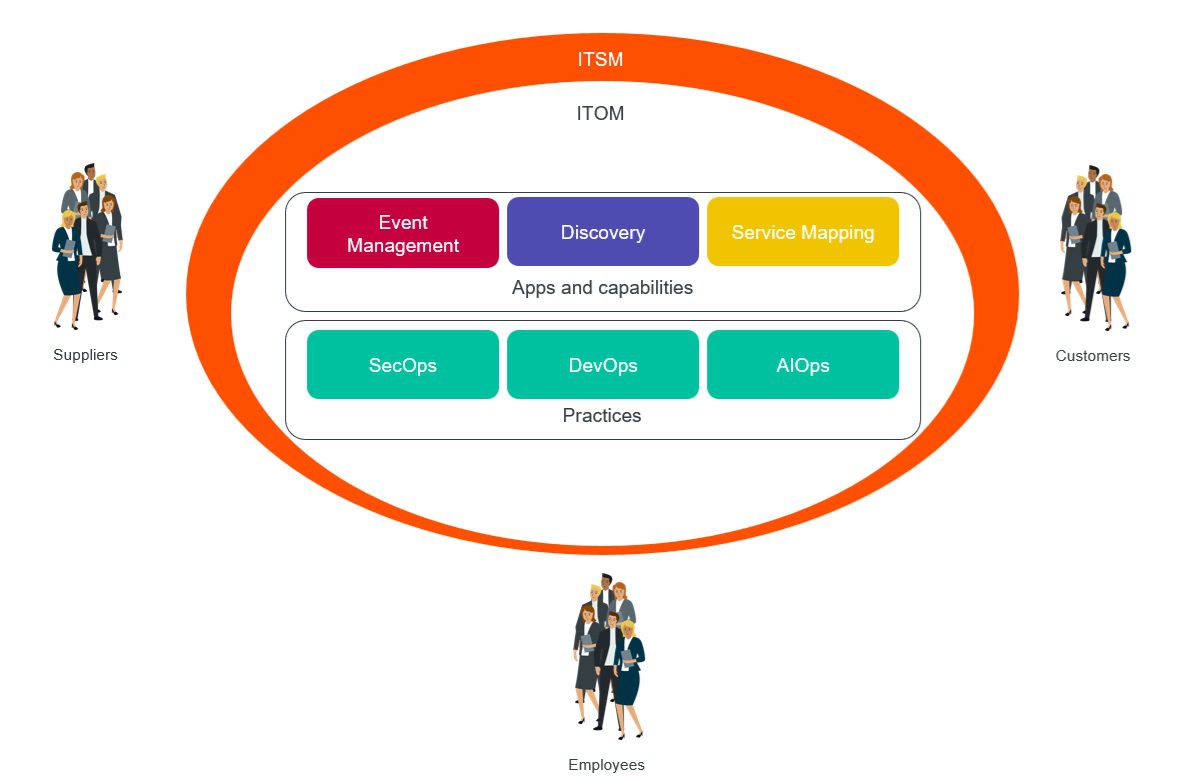governance & service management
ITOM can now realise the promises of ITSM
Gil Regev, Senior Manager at Knowledge Management Dpt, Olivier Hayard, Head of Knowledge management & Alain Geerts, Head of Governance and Service Management · April 08, 2024





